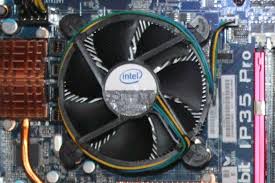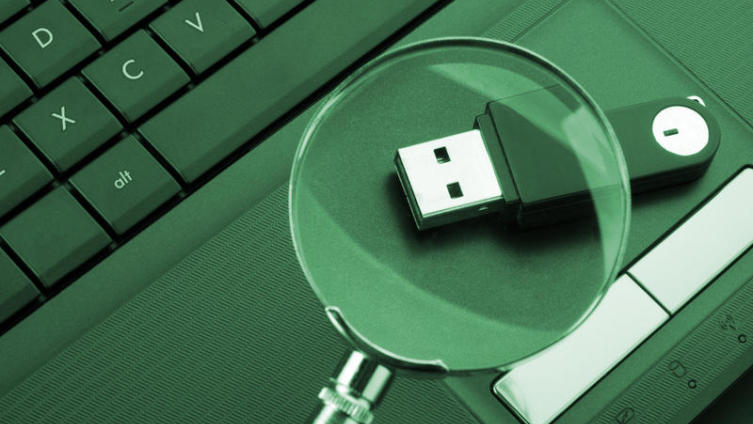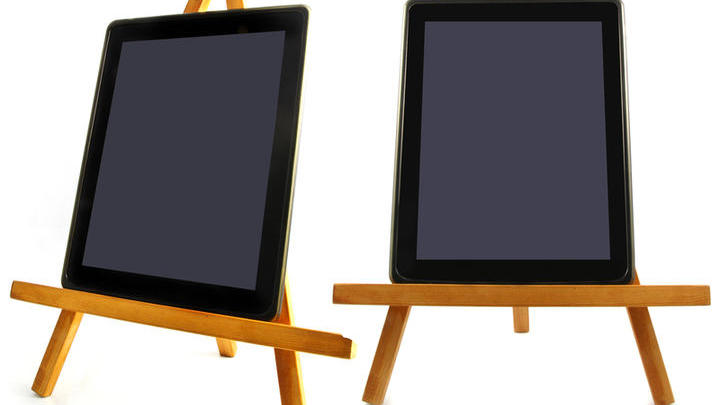What is a “computer generation”? Generation “2” and the following
 “If the aviation industry had developed as rapidly as the computing industry in the past 25 years, now a Boeing 767 would cost $ 500 and fly around the globe in 20 minutes, spending five gallons of fuel. These figures very accurately reflect the reduction in cost, increase in speed and increase the efficiency of computers. ” Scientific American 1983, No. 8. Second Generation: Transistor-Based Computers When transistors came in place of lamps, it immediately pushed all computer-related technologies. Electricity consumption has sharply decreased, the size of computers has sharply decreased, and speed has increased. Computers from monsters occupying entire floors of buildings turned first into devices the size of a closet, then into a suitcase placed on a table, then into a small box, then they became even smaller. And bugs, instead of cockroaches burnt on the contacts, turned into software errors.
“If the aviation industry had developed as rapidly as the computing industry in the past 25 years, now a Boeing 767 would cost $ 500 and fly around the globe in 20 minutes, spending five gallons of fuel. These figures very accurately reflect the reduction in cost, increase in speed and increase the efficiency of computers. ” Scientific American 1983, No. 8. Second Generation: Transistor-Based Computers When transistors came in place of lamps, it immediately pushed all computer-related technologies. Electricity consumption has sharply decreased, the size of computers has sharply decreased, and speed has increased. Computers from monsters occupying entire floors of buildings turned first into devices the size of a closet, then into a suitcase placed on a table, then into a small box, then they became even smaller. And bugs, instead of cockroaches burnt on the contacts, turned into software errors.
As technology has improved, computers have evolved from a set of cabinets interconnected by bundles of wires, consisting of shelves interconnected by bundles of wires, consisting of circuit boards interconnected by wires – into a set of circuit boards interconnected by wires. External memory and I / O devices also changed very quickly. Instead of magnetic drums came magnetic disks, whose capacity began to increase rapidly. From a few megabytes to tens of megabytes (nowadays – up to terabytes). Of the second-generation computers, IBM mainframes are well known; DEC has released its first PDP-1. Here, in the USSR, BESM-6 was released. Third Generation: Computer Integrated Circuits Integrated circuits, consisting of hundreds of millions of transistors, allowed the processor to be placed on just one board. IBM released the 360 and 370 models, and in the USSR began to produce the EU series of EMU (Unified System), in fact – stripped from the IBM-360 models. Magnetic disks grew in capacity, decreasing in size, magnetic tapes served as a reliable means of archiving data. The first monitors appeared, replacing electric typewriters, which previously served as operator terminals. Data entry was made on punched cards, punched tapes and magnetic tapes. The printing devices multiplied, mosaic printing devices appeared, and the machine rooms were filled with the chatter of needles beating on the copy tape. The machines were still large, but their use was expanding. The fourth generation of computers: on LSI Larger integrated circuits – LSI, and super-large – VLSI, sometimes the latter are allocated to the 5th generation of computers. The creation of large integrated circuits (LSIs) made it possible to place the computer processor in one chip and thus dramatically increase the speed and reduce the cost of one computer. As the technology improved, computer elements gradually decreased. Finally, the time came when the processor was placed on a single chip. So microprocessors appeared, which made possible the appearance of Personal Computers, or PCs. Performance has increased dramatically, computers have become smaller and cheaper. LSI turned both production technology and the computer market. The cost price has decreased so much that the computer can afford an ordinary layman. Mass production sharply reduced production costs. So a new market was created, new horizons of consumption. And where there is a demand, a supply appears. In the creation of the PC – a huge merit of Steve Jobs and Steve Wozniak. As they say, capitalism in its purest form, demand creates supply. But it’s much cooler when you first come up with a proposal that is to the liking of so many, generating huge demand for a new product. In 1976, the first Apple serial PC was born. However, in the very near future, the superiority of corporations over enthusiasts of “shed” production was manifested. The “trendsetter” in the PC market was IBM with its IBM PC (Personal Computer). In fact, this standard has survived to our time, although the power of computers has grown thousands of times, and the operating system and software shells have changed beyond recognition. And this despite the fact that IBM is no longer a trendsetter in the computer market. A long time ago it was overtaken and taken away by a significant part of the market, young and aggressive, which too had already been overtaken – even younger ones.
Moore’s Law In the mid-60s, Gordon Moore (who later became one of the founders of Intel) accidentally (he prepared a speech and figured out the number of transistors in the new microcircuits at that time, the year before, two, four … ) found a strange pattern that the number of chips in new models doubles approximately every 2 years.
You, of course, remember the parable of an Indian sage who sold the secret of chess and playing chess to a certain Raja for wheat — one grain had to be put on one square, twice as much on each subsequent one, and so on for each of the 64 chess squares. Remember how the parable ended?




